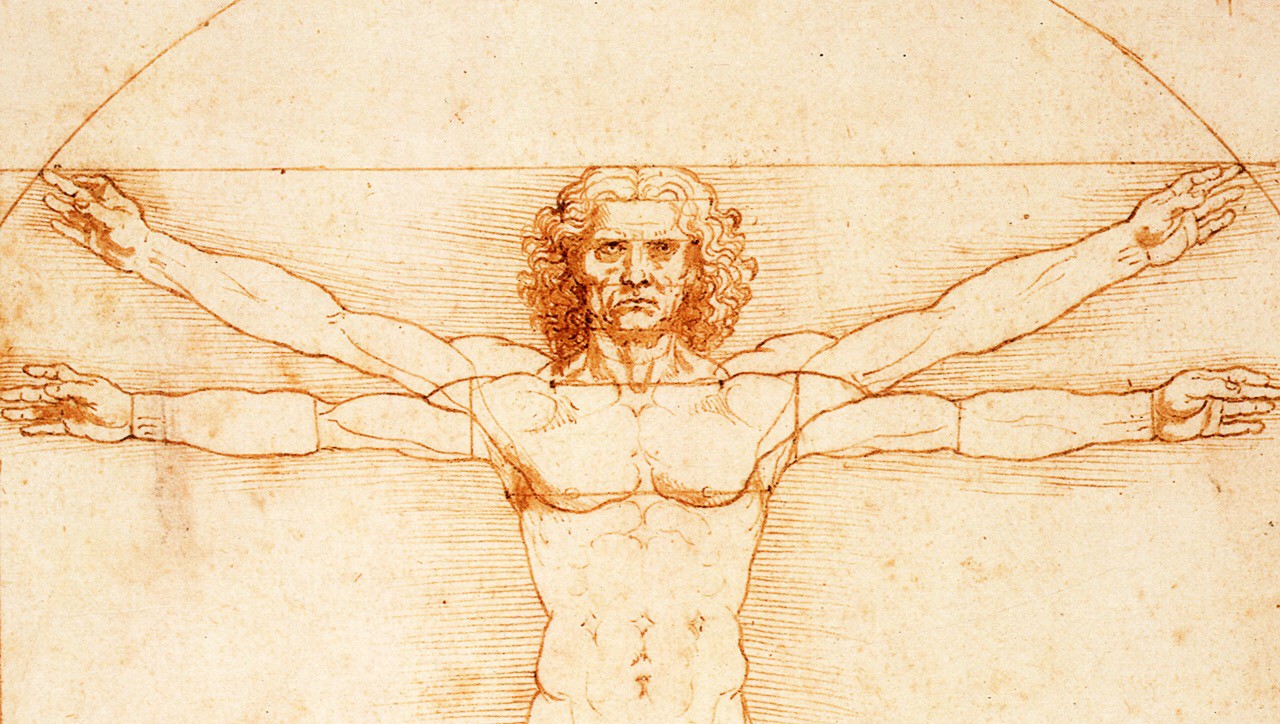task two
|
In this section we will explore the meaning of the following terms and how they apply to the Renaissance? Humanism, Secularism, Patron of the Arts
1. Read the following texts:
2. After reading the above texts, complete the following in a Google doc.
Humanism The new interest in the classical past led to an important value in Renaissance culture – ____________. This was a deep interest in what people have already achieved as well as what they could achieve in the future. In short, Humanism is focusing on ____________________________________________. Secular Ideas In the Middle Ages, the emphasis had been mostly on _______________________. Renaissance thinkers stressed _________________ ideas. These ideas centered on _____________ things and the “here and now.” Church leaders and the wealthy believed they could _________________ life without _________________________. Patron of the Arts One way that powerful or wealthy people showed this interest in worldly things was by paying ________, _____________ and ______________ to create beautiful works of art. Wealthy people who supported artists were known as _________________. |
Humanism relates to secularism in that it is the concept that places human beings, not God or faith, as the center of attention in life. Renaissance art, which portrayed the human body as a thing of beauty in its own right, not like some medieval "comic strip" character whose only reason to exist was for the glory of God. Along those lines, Renaissance philosophers and writiers saw humans as intelligent creatures capable of reason (and questioning authority) rather than mindless pawns helplessly manipulated by God. Even the term for Renaissance philosophers, "humanists", shows how the focus of peoples' attention had shifted from Heaven and God to this world and human beings. It also described the group of scholars who drew upon the more secular Greek and Roman civilizations for inspiration.
Secularism comes from the word secular, meaning “of this world”. Before the Renaissance, medieval Christian civilization had been largely concerned with faith and salvation in the afterlife. The new economic and political opportunities opening up for Western Europe in the Late Middle Ages encouraged more people to take an interest in this world. During the Renaissance people started to see life on Earth as worth living for its own sake, not just as an ordeal to endure before going to heaven. The art of the period in particular exhibited this secular spirit, showing detailed and accurate scenery, anatomy, and nature. Medieval artists generally ignored such realistic aspects in their paintings which focused only on the glory of God. This is not to say that Renaissance people had lost faith in God. Religion was still the most popular theme for paintings during the Renaissance, but people were finding other things worth living for.
A patron of the arts is a person who pays for or commissions works of art, and commonly refers to the support that kings and popes provided to painters, sculptors, musicians, and poets. An example of a well-known patron of the arts is Catherine de Medici, who made a significant contribution to the French Renaissance through her widespread patronage.

